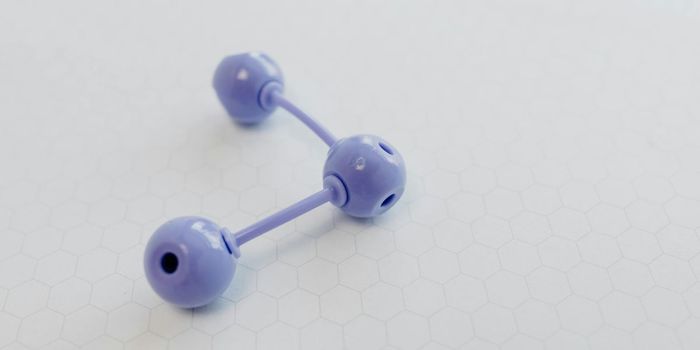Most everyone is familiar with acronym ADHD. It stands for Attention Deficit Hyperactivity Disorder. It’s characterized by a difficulty in paying attention and staying focused, hyperactivity, constant movement, poor impulse control and sometimes difficulty learning. It’s been the subject of some controversy since there are people, even education and medical professionals, who believe it’s not actually a physical brain disorder, but rather a problem of bad behavior and lackluster parenting. New research from the Radboud University Medical Centre in the Netherlands shows otherwise however. A study conducted there revealed that patients who had been diagnosed with ADHD had different brain structure and smaller brain volume than those who did not have ADHD.

The study is the largest imaging study of ADHD to date. It involved MRI scans of more than 3, 200 people, some with an ADHD diagnosis and some with no neurological issues. The scans showed differences in five separate areas of the brain, along with reduced brain volume overall. The study, published in the journal The Lancet Psychiatry, is the first to assert that there is physical evidence for considering ADHD to be a brain disorder. While earlier studies have investigated the correlation of brain volume and ADHD, they were small studies and were not conclusive. The large sample size of the study at Radboud makes the results much more accurate.
The study's lead author, Martine Hoogman of Radboud University Medical Centre in the Netherlands explained in a press release, "The results from our study confirm that people with ADHD have differences in their brain structure and therefore suggest that ADHD is a disorder of the brain. We hope that this will help to reduce stigma that ADHD is 'just a label' for difficult children or caused by poor parenting."
The statistics on ADHD show that it’s problem for at least 1 in 20 people under the age of 18. Of that number roughly two-thirds report that their symptoms persisted in adulthood. ADHD normally presents before the age of 7 years old, however due to the negative stereotypes sometimes associated with it, many children are just labeled as behavioral problems or “difficult.”
From prior research neuroscientists know that the areas of the brain likely to be involved with ADHD are located in the basal ganglia. In scans of those with ADHD from other studies, the caudate and the putamen regions in the ganglia are smaller than in typical patients without ADHD. Hoogman’s team measured brain volumes, via MRI scans, of 1,713 people with ADHD and 1, 529 patients with no attentional issues. Researchers kept track of which patients had been on medication and which had not. The study found that overall brain volume, as well as volume in five regions-- the caudate nucleus, putamen, nucleus accumbens, amygdala and hippocampus--- were smaller in patients with ADHD. Of significance was the fact that the reduced brain volumes were the same in patients who had been on medication and those who had not, so the changes were not attributable to drugs.
In a linked Comment published with the study, Dr. Jonathan Posner of Columbia University wrote, “It is the largest study of its kind and well powered to detect small effect sizes. Large sample sizes are particularly important in the study of ADHD because of the heterogeneity of the disorder both in etiology and clinical manifestation. This study represents an important contribution by providing robust evidence to support the notion of ADHD as a brain disorder with substantial effects on the volumes of subcortical nuclei. Future meta- and mega-analyses will be required to investigate medication effects as well as the developmental course of volumetric differences in ADHD.” The video below has more information, check it out.









